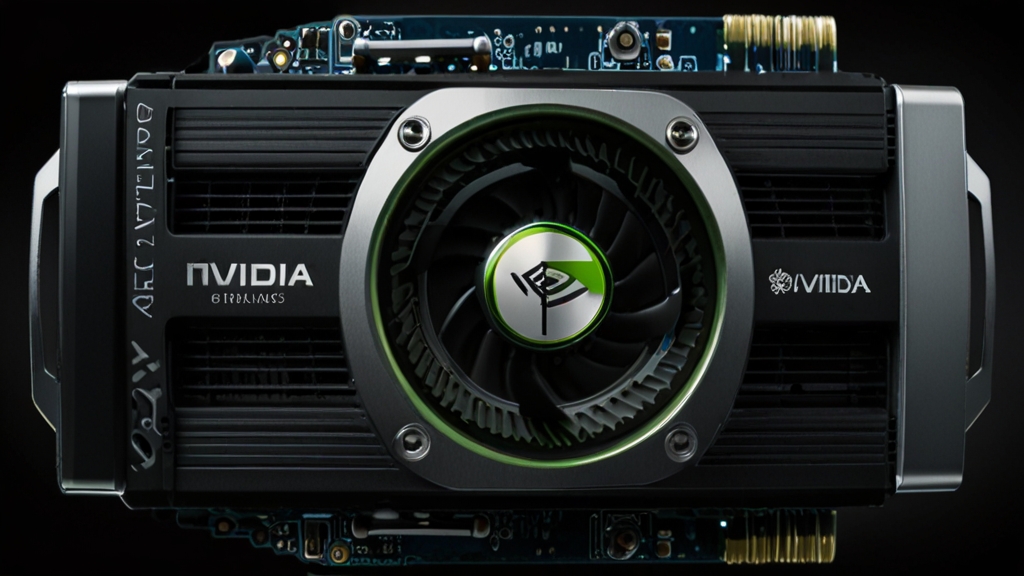
A simple Google search reveals Nvidia as the “World Leader in Artificial Intelligence Computing.” But for many, Nvidia’s story goes beyond that. Gamers know them for the top-of-the-line GPUs powering stunning visuals. Cryptocurrency enthusiasts remember their dominance in mining. The point is, Nvidia has transcended niche markets and become a tech giant.

Nvidia is now a part of the prestigious “Magnificent Seven” of high-value stocks. So, how did a company starting with just $40,000 morph into a behemoth with a market cap exceeding $3.1 trillion? Let’s delve into Nvidia’s remarkable journey.
The Visionaries and the Roadside Diner
In 1993, three individuals, Jensen Huang, Chris Malachowsky, and Curtis Priem met at a casual diner in San Jose. Their vision? To revolutionize computing through “accelerated computing.” They saw the potential of graphics processing and believed video games offered the perfect platform. Not only would it solve complex problems, but it would also cater to gamers’ insatiable demand for better graphics and faster performance, a recipe for high sales
The Grueling Race and the Turning Point
The graphics processing race was fierce, with numerous companies vying for dominance. Ultimately, only two emerged victorious: Nvidia and AMD. However, Nvidia’s path wasn’t smooth sailing. They faced a harsh reality check with employee layoffs. But Jensen Huang, known for his motivational leadership, used a now-famous quote to rally his team: “Our company is 30 days away from going out of business.” This tenacity paid off. In 1999, Nvidia went public and launched its groundbreaking GeForce series of GPUs, marking a significant turning point. Two years later, they cemented their position by replacing Enron in the prestigious S&P 500 index.
The Digital Gold Rush: When Miners Struck Silicon

The story takes a surprising turn in the mid-2010s. The rise of cryptocurrencies like Bitcoin introduced a new player to the GPU game: miners. These digital prospectors discovered that Nvidia’s powerful GPUs were ideally suited for solving complex mathematical problems used to verify cryptocurrency transactions and earn rewards.
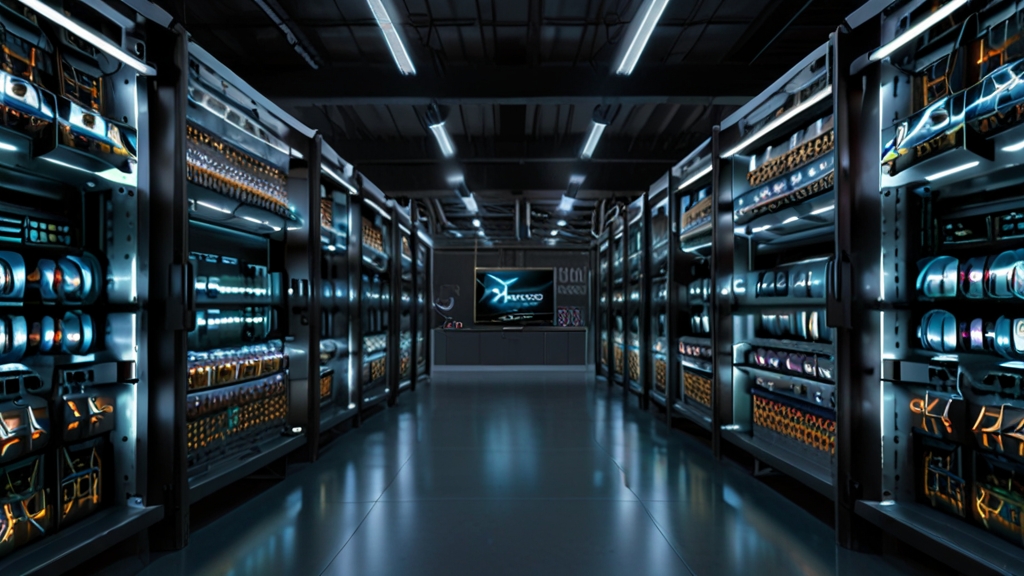
Suddenly, Nvidia’s GPUs became the modern-day Aladdin’s lamp for miners, promising a potential path to riches. This surge in demand caused a dramatic shift. GPUs specifically designed for gamers became highly sought-after by miners, leading to a global shortage. Prices skyrocketed, leaving gamers frustrated and empty-handed. The situation escalated further, with reports of black markets emerging to fulfill the insatiable demand from miners.
This created an ethical dilemma for Nvidia. While the surge in demand was financially rewarding, it alienated their core gamer audience. Nvidia attempted to address the crisis by releasing limited quantities of mining-specific GPUs to alleviate pressure on the gamer market. They also implemented measures to deter bulk purchases, making it harder for miners to corner the market.
The Rise of AI
A Symphony of Data, Computing Power, and GPUs
Artificial intelligence (AI) is rapidly transforming our world, from facial recognition on your smartphone to chatbots handling customer service inquiries. But this revolution requires a powerful orchestra behind the scenes: data centers and the unsung hero, the Graphics Processing Unit (GPU).
Data is the new Fuel

AI thrives on data. The more data an AI system has access to, the better it can learn and improve. This data can come from various sources, including images, videos, text, and sensor readings. Imagine an AI learning to recognize different dog breeds. The more pictures it sees of various breeds, the better it can identify them later. This vast amount of data needs a robust storage facility.

Here’s where datacenters come in. These massive warehouses house servers and storage systems that can hold and process enormous datasets. They act as the digital libraries for the AI revolution.
The Secret Weapon: The Power of GPUs

But processing this data requires serious muscle. Traditional CPUs, the workhorses of computers, struggle with the complex calculations needed for AI tasks. This is where GPUs step onto the stage. Originally designed for graphics processing in video games, GPUs excel at handling parallel computations.
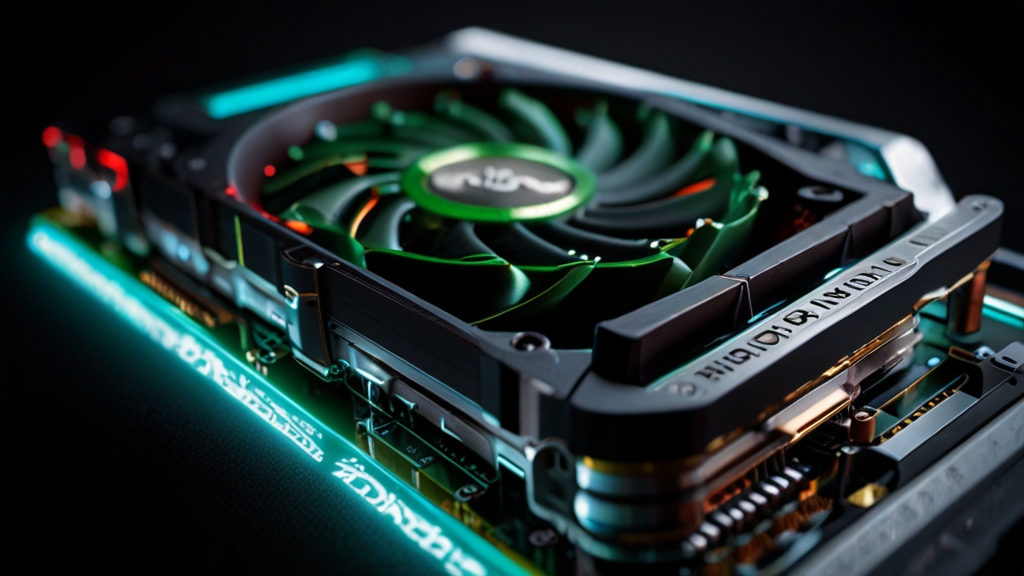
Imagine a math test with hundreds of problems. A CPU would solve them one by one, while a GPU could efficiently tackle them simultaneously, significantly speeding up the process. This parallel processing ability makes GPUs ideal for tasks like image recognition, natural language processing, and machine learning – the very foundation of AI. Datacenters equipped with powerful GPUs can train AI models much faster, allowing them to learn and adapt quicker.
The Magnificent Seven: A Symbol of Financial Power
The “Magnificent Seven” refers to a group of the world’s most valuable companies by market capitalization (total value of outstanding shares). Joining this prestigious list signifies immense financial success. Nvidia’s combination of strong core business in gaming and expansion into AI and datacenters propelled them to this elite group.
Nvidia vs. AMD: A Tale of Two Titans
While Nvidia dominates the high-end GPU market, they share the stage with a formidable competitor – AMD (Advanced Micro Devices). Nvidia tends to focus on high-performance GPUs with premium features, catering to gamers and professionals who demand the best. AMD offers a wider range of options, including budget-friendly choices. In recent generations, Nvidia often holds the edge in raw performance for high-end GPUs. However, AMD is known for offering good value for the price.
Both companies provide drivers and software suites for their GPUs. Nvidia’s software ecosystem is generally considered more polished and feature-rich, though AMD has been making strides in this area. While both companies are innovative, Nvidia’s early focus on dedicated GPUs, their success with the GeForce series, and their strong presence in AI and datacenters have given them a significant edge. They consistently push the boundaries of performance and features, attracting a passionate following among gamers and professionals.
Jensen Huang: The Visionary Architect of Nvidia’s Rise
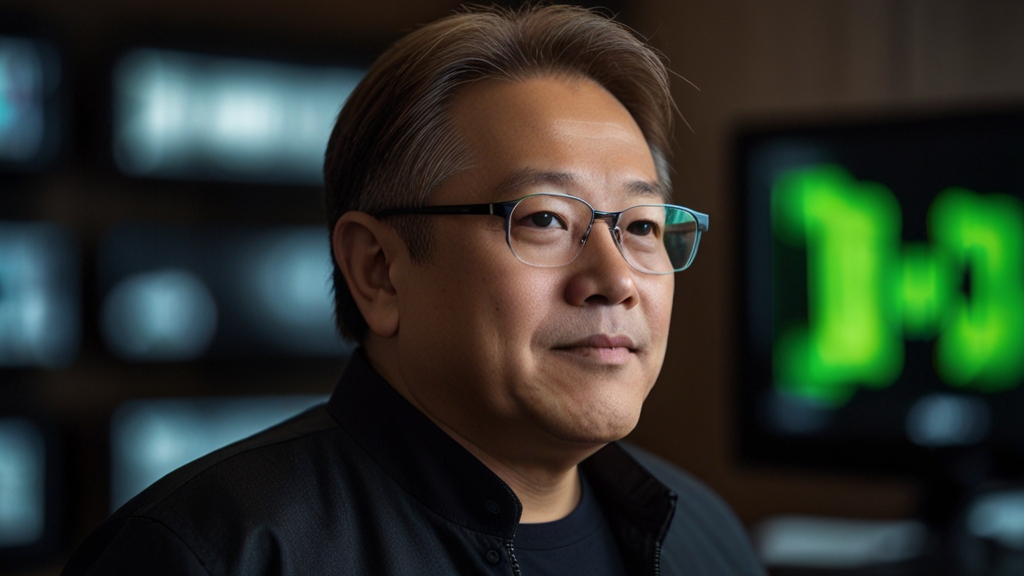
At the helm of Nvidia’s meteoric rise sits Jensen Huang, a man as much a part of the company’s story as the groundbreaking GPUs they produce. Huang’s unique blend of technical brilliance, nerdy enthusiasm, and unwavering vision has propelled Nvidia from a scrappy startup to a global tech giant. Huang, an electrical engineer by training, possessed a deep understanding of computer architecture. Unlike competitors focused on generic chipsets, Huang saw the potential of dedicated GPUs for tasks beyond just gaming. This “geekiness” translated into a strategic advantage, allowing him to champion a technology that would become the cornerstone of Nvidia’s success.
The Power of “30 Days From Going Out of Business”
While captivating the gaming world with the revolutionary GeForce series was a major coup, Huang’s vision extended further. He recognized the potential for GPUs to accelerate complex calculations, a gamechanger for fields like artificial intelligence and data science. This foresight allowed Nvidia to capitalize on the rise of AI, propelling them into a leadership position in these rapidly developing sectors.
Huang’s leadership style is as unique as his vision. Known for his infectious enthusiasm and unwavering belief in his team, he’s also famous for his motivational or some might say “slightly dramatic” pronouncements. His legendary quote, “Our company is 30 days away from going out of business,” delivered during a challenging period, became a rallying cry for the team, showcasing his determination and ability to inspire his employees.
The Showmanship Behind the Science
Huang isn’t just a tech genius; he’s a master communicator. His keynote presentations are legendary for their technical depth and captivating showmanship. He effortlessly blends complex concepts with genuine excitement for the possibilities technology unlocks. This powerful combination not only excites consumers but also attracts top talent, further solidifying Nvidia’s position as a leader in innovation. Jensen Huang’s impact on Nvidia is undeniable.
His unwavering belief in the potential of GPUs, his strategic vision, and his ability to motivate and inspire have been instrumental in the company’s incredible growth. As Nvidia continues to push the boundaries of technology, one thing is certain: the nerdy-chic, visionary leader behind the wheel will undoubtedly play a crucial role in shaping the future of computing.
The Dark Side of the Force
How GPUs Are Powering Progress Towards a Hotter Planet

Remember those intense training montages in movies where the hero pushes themselves to the limit? That’s kind of what’s happening with GPUs. But instead of sculpted abs and bulging muscles, they’re generating mountains of heat and munching on megawatts like Pac-Man on steroids. Crypto mining and more recently AI training and development are pushing these GPUs to new heights.


This digital arms race has a real-world cost: derailing the fight against climate change. It’s like trying to achieve world peace with an army of super soldiers powered by burning rainforests. Not exactly sustainable. Think of the irony: the technology that claims to solve some of humanity’s biggest problems might create a new one: a scorching hot planet. These powerful GPUs are amazing tools, but with great power comes a hefty electricity bill and climate impact.

Nvidia: Powering the Future…. but at what cost?
Nvidia stands at a pivotal juncture. Their powerful GPUs are the driving force behind the AI revolution, promising a future brimming with possibilities.

Nvidia stands at a pivotal juncture. Their powerful GPUs are the driving force behind the AI revolution, promising a future brimming with possibilities. Imagine a world transformed: self-driving cars navigating city streets with ease, medical diagnoses aided by superhuman AI, classrooms personalized for every student’s needs, and weather-resistant infrastructure designed to withstand a changing climate. These are just a glimpse of the potential benefits Nvidia’s technology offers.
Imagine the flip side: a dystopian nightmare where massive server farms sprawl across the land, like monstrous server tombs, glowing ominously, all to power the latest AI tech.
Their insatiable hunger for power plunges entire cities into darkness while they guzzle the world’s electricity to feed the ever-hungry-for-power AI.
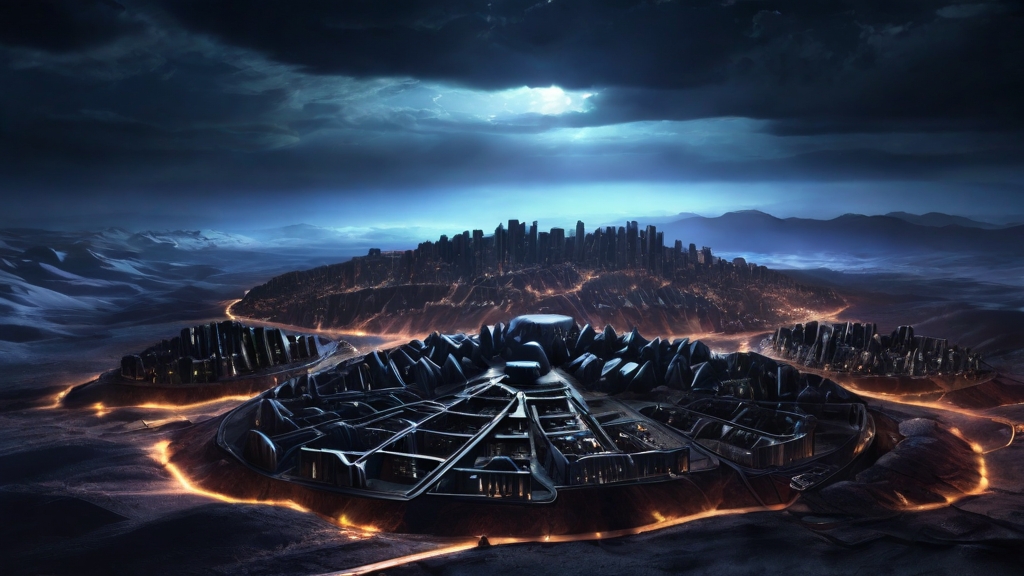

AI is the future, there’s no doubt about it. It’s coming fast, and GPUs are the engines powering this revolution. But all this progress comes at a cost. The energy guzzling nature of these GPUs threatens to supercharge climate change. It’s a Faustian bargain, innovation fueled by a burning planet. Can Nvidia innovate their way to a sustainable future? Can they be the green lantern in this technological arms race? Only time will tell.

One thing’s for sure, Nvidia’s future is as bright or as hot as the GPUs they produce.